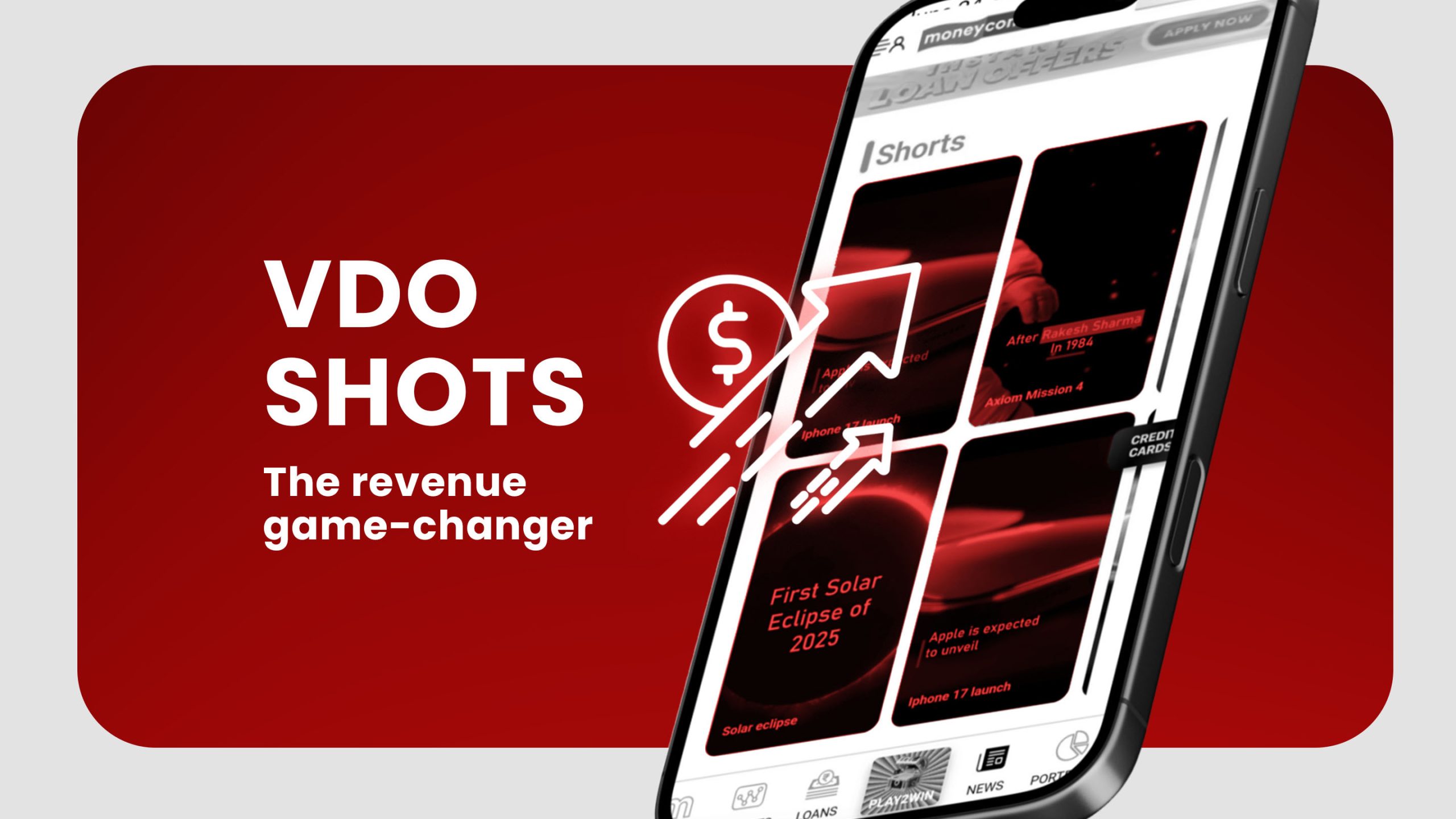The marketing funnel, which consists of – Awareness, Consideration, Conversion, Loyalty, and Advocacy – is a faulty metaphor. It is more complex than we like to believe. And this complexity mainly arises due to the change in the buying behavior of people. And without a doubt, the biggest influencer behind the buying behavior of consumers is social media. As the consumer’s trust in traditional media diminishes, marketers need a new strategy, a new metric. That is where a new metric called engagement or the 5Is of marketing, comes into the picture.
Engagement is the proportion of involvement, interaction, intimacy, and influence an individual has with a brand over time. Each of these components is created from the data accumulated from online as well as offline data sources.
Here is an overview of the different components of engagement or popularly knowns as the 5Is of marketing:
Involvement
Involvement is all about getting the customers involved in your brand or application. It is measured by web analytics such as site traffic, page views, etc. This element is essentially all about determining if the consumer is present.
Interaction
Interaction approaches the more vigorous actions that people take on a website. Such as signing up for the newsletter, buying a product, requesting a catalog, posting a comment, uploading an image or video, etc. Marketers can measure interaction through a customer’s communication with a brand or application on e-commerce or social media.
Intimacy
Intimacy addresses the sentiment or empathy behind the things people say or do. For example, the meaning behind a blog post or a comment or even a product review. Intimacy is measure via qualitative interactions of the customers with services such as brand monitoring. It includes metrics like brand awareness, brand favorability, sentiment analysis, engagement rates, etc.
Influence
Influence is simply about the plausibility that a person will recommend your brand or product or service to someone else. It can be demonstrated in the form of brand loyalty or through recommendations to friends, family, and acquaintances. The metrics for influence mostly comes from surveys sent out to consumers, in both forms – qualitative and quantitative. We can also measure it in the form of online mentions, reviews, etc.
Individual
This model of marketing simply focuses on individual consumers instead of groups or communities. Studying the behavioral pattern of individual consumers can result in more precise and detailed observations as compared to a compilation of data from a community of people.
Companies need to start using these metrics to gain an understanding of the reality of their customer engagement. They will get to know how their customers really interact with their brand or product and services. These insights will make it easier to make marketing or product-related decisions.
What’s In Store For 2020?
In this decade, we have observed how the customer ‘flow’ continues to develop thanks to customer-centric technology that has surpassed unparalleled levels of digital intimacy.
Engagement of an audience with any online brand should refer to a timescale always. Using engagement will bring a comprehensive visualization of the customers’ actions. Marketers will be able to recognize that value comes not only from transactions but also from the actions people take to influence others. It will bring structure to your digital marketing techniques.
And, it is likely that once the engagement metric takes hold of marketing, marketing messages will become more like conversations. And the focus of our investments will shift from media buying to customer understanding.
FAQs:
1. What is engagement?
As the consumer’s trust in traditional media diminishes, marketers need a new strategy, a new metric. And this new approach is – engagement. Engagement is the proportion of involvement, interaction, intimacy, and influence an individual has with a brand over time. Each of these components is created from the data accumulated from online as well as offline data sources.
2. What are the 5Is of marketing?
Also referred to as the 5Is of marketing – here is an overview of the different components of engagement:
- Involvement: Involvement is all about getting the customers involved in your brand or application. It is measured by web analytics such as site traffic, page views, etc.
- Interaction: Interaction approaches the more vigorous actions that people take on a website. Such as signing up for the newsletter, buying a product, requesting a catalog, posting a comment, etc.
- Intimacy: Intimacy is measure via qualitative interactions of the customers with services such as brand monitoring. It includes metrics like brand awareness, brand favorability, engagement rates, etc.
- Influence: Influence is simply about the plausibility that a person will recommend your brand or product or service to someone else.
- Individual: Studying the behavioral pattern of individual consumers can result in more precise and detailed observations as compared to a compilation of data from a community of people.
3. Why should companies focus on engagement?
Companies need to start using these metrics to gain an understanding of the reality of their customer engagement. They will get to know how their customers really interact with their brand or product and services. These insights will make it easier to make marketing or product-related decisions.








